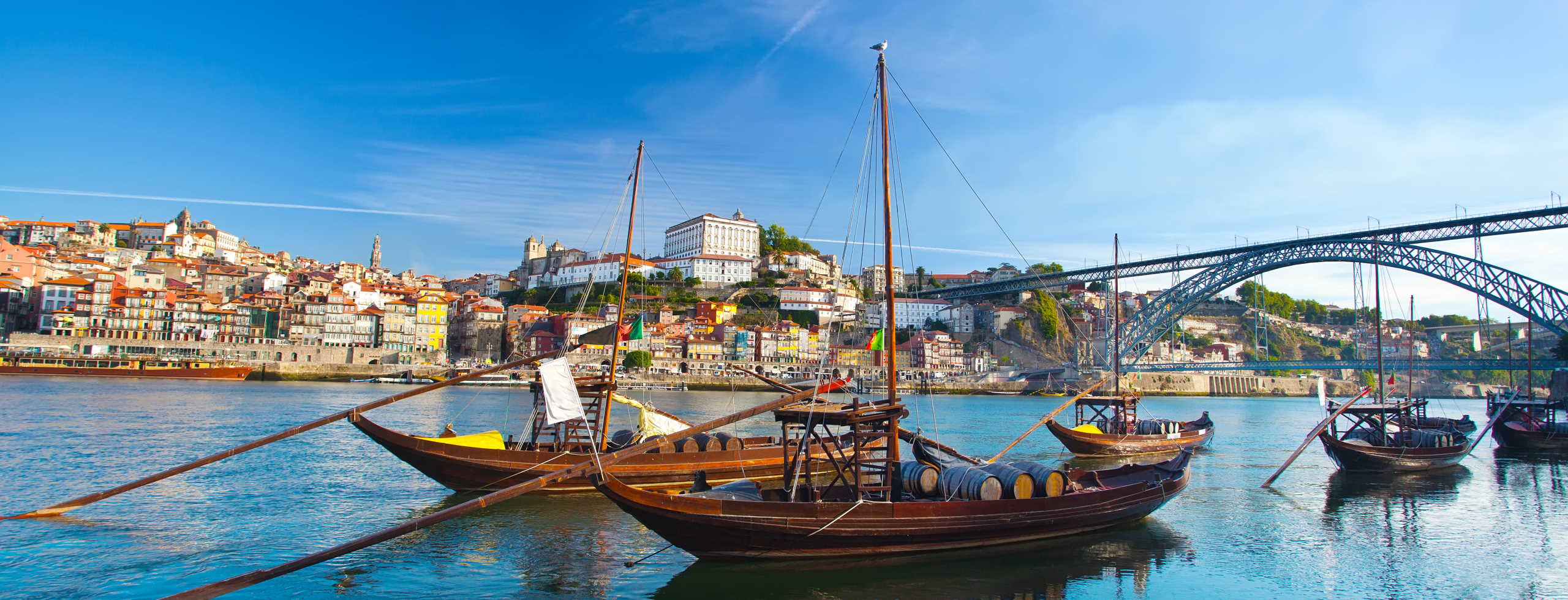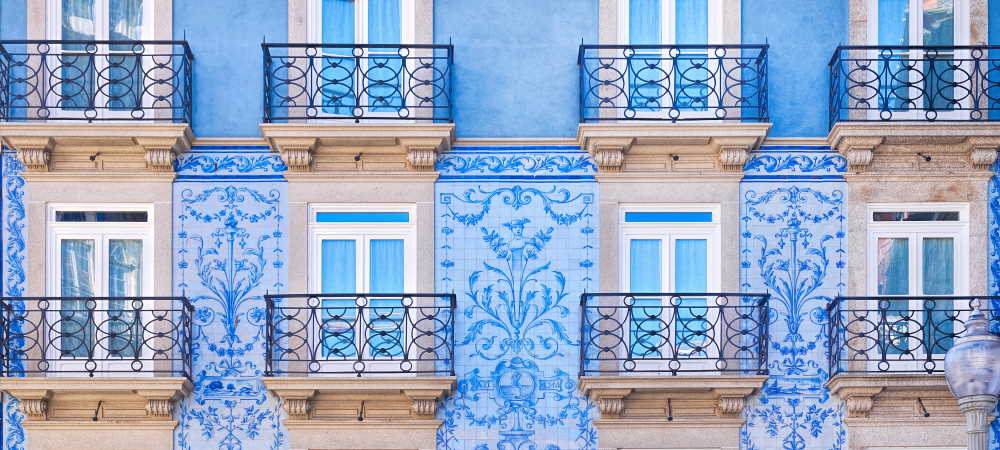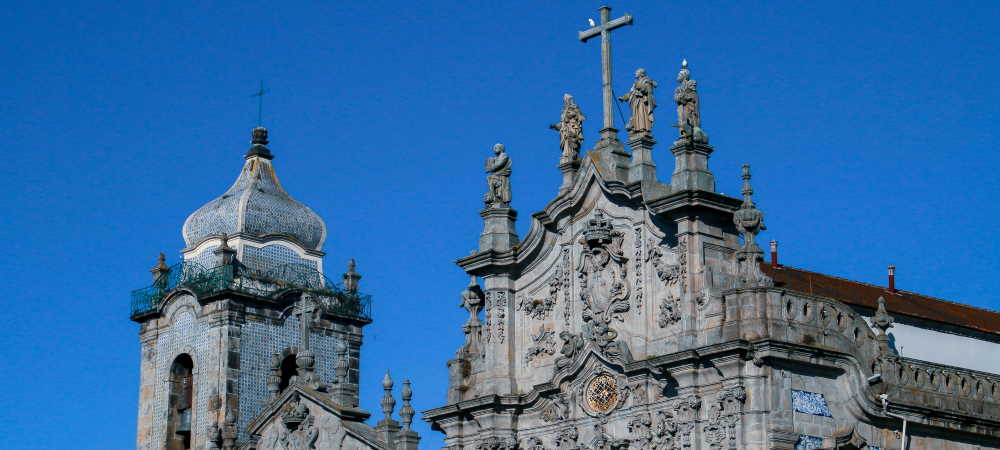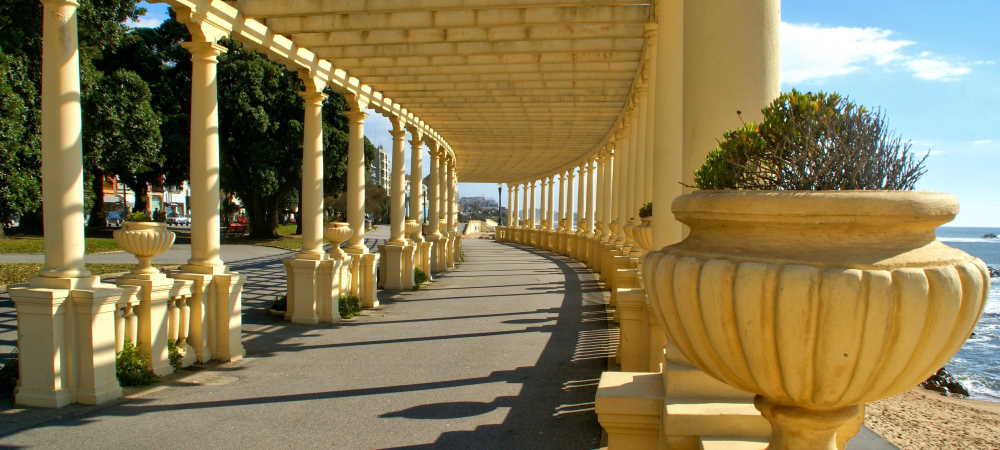-
Destinations
All Destinations
We'll craft an unsurpassed vacation just for you.
All you'll have to do is land
Choose your destination
- Pick your Trip
-
 Build your True Trip
Build your True Trip
- How It Works
- Blog
-

A Quick Guide to Porto
by TrueTrips
- 1
A QUICK GUIDE PORTO

Things to Know
Located on the northern bank of the Douro River, Porto is Portugal’s second largest city. Dating back to around 300 BC, the city’s long history is reflected through the various Celtic and Proto-Celtic remains that have been discovered in several areas. Porto is a fascinating and vibrant destination, home to a UNESCO World Heritage proclaimed old town, quaint winding alleys, baroque churches, and an abundance of interesting sights. Apart from its extensive history, Porto also boasts buzzing nightlife, an eclectic culinary scene, and world-class museums.

Things to See
The Ribeira District
The picturesque Ribeira distict is one of the most alluring areas in Porto. Its Unesco World Heritage labyrinth of winding cobblestone streets, beautiful riverside square, and views to the Dom Luis I Bridge make it a picture-perfect area worth discovering! Save some time to visit the Church of Saint Francisco, a gothic church famous for its outstanding baroque interior decoration. Sitting on a hilltop fortress you will find Sé, Porto’s Roman Catholic style cathedral; founded in the 12th century it is one of Porto’s most important landmarks. Don’t miss the Misericordia Museum that perfectly combines a fine collection of 15th to 17th century sacred art and the stunning Misericordia church, a baroque masterpiece by architect Nicolau Nasoni.
The Serralves Foundation
The Serarves Foundation is one of the most significant cultural institutions in Portugal. The foundation includes a Museum of Contemporary Art, a villa, and a park. The museum is a minimalist space that has seamlessly blended into the surrounding space. The museum holds a significant art collection from the late 60’s to the present day and is considered to be Portugal’s most visited museum.
Built in the 1930’s, the delightful Casa de Serralves is the most significant example of Art Deco architecture in Portugal. Once belonging to Count Carlos Alberto Cabral, the villa was completed in 1944 and served as the Cabral family’s private home. In 1987 the villa was acquired by the Portuguese State to become the site of the Serralves Foundation and following a major restoration it became open to the public in 2004.
The Serralves Park covers 18 hectares of land and was designed by Jacques Gréber in the 1930’s. The park consists of formal gardens, a woodland area and a traditional farm. More than 200 species of indigenous and exotic plants can be found in the park’s grounds.
Built in the 1930’s, the delightful Casa de Serralves is the most significant example of Art Deco architecture in Portugal. Once belonging to Count Carlos Alberto Cabral, the villa was completed in 1944 and served as the Cabral family’s private home. In 1987 the villa was acquired by the Portuguese State to become the site of the Serralves Foundation and following a major restoration it became open to the public in 2004.
The Serralves Park covers 18 hectares of land and was designed by Jacques Gréber in the 1930’s. The park consists of formal gardens, a woodland area and a traditional farm. More than 200 species of indigenous and exotic plants can be found in the park’s grounds.
The Palacio da Bolsa

The Palacio da Bolsa, whose name literally means Stock Exchange Palace, is an impressive neoclassical building that was constructed in the 19th century by Porto’s Commercial Association. Two of the most impressive rooms are the glass domed Hall of Nations, where the exchange once operated and the ornate Arab Room that is decorated in intricate Moorish style.
The Dom Luis I Bridge
The Dom Luis I Bridge is a double deck metal bridge that was constructed in 1886. The bridge spans over the Douro River between Porto and Vila Nova de Gaia and at the time of its completion it was the longest metal arch bridge in the world. Besides being an engineering masterpiece, the bridge also offers stunning views to the Old Town.
The Bolhao Market
Housed in a remarkable neoclassical building, the iconic Bolhao Market dates back to 1850. The market specializes in fresh produce such as meat, fish, cheese, and flowers. Visit this lively market to get an authentic taste of Portuguese tradition, admire the beautiful building, and maybe grab a bite to eat at one of the market’s inexpensive stalls!
Vila Nova de Gaia
Standing on the other side of the Douro River, Vila Nova de Gaia is famous for its port wine trade. Studded with barrel-lined port lodges known as ‘caves’ most of which offer tastings and tours, the town is a wine lover’s paradise. Docking along the esplanade you will see the ‘barcos rabelos’, a special type of flat-bottomed boat that was once used to transport wine barrels along the river.
The view of Porto is simply stunning, so sit back, enjoy a glass of port and enjoy the beautiful cityscape that unfolds across the river.
The view of Porto is simply stunning, so sit back, enjoy a glass of port and enjoy the beautiful cityscape that unfolds across the river.

Things to Do
The Festival of St John of Porto
Every year on the night of the 23rd of June, Porto lights up in joy and festivities. The festival is held in honor of John the Baptist–Porto’s patron saint–and involves dancing, barbecuing sardines, jumping over bonfires, and live music events. The festival climaxes at midnight with a spectacular display of fireworks and illuminations!
See a Live Fado Performance
Fado is Portugal’s unique genre of melancholic music; singers known as a ‘fadistas’ sing the touching lyrics accompanied by a Portuguese 12 string guitar. Even though fado originates from Lisbon and Coimbra, some excellent fado clubs can also be found in Porto.
Visit Foz Do Douro
Foz do Douro is an upscale suburb in the Porto area. There you can enjoy stunning views of the Atlantic Ocean, walk along the pergola at Praia dos Ingleses, dine at some of Porto’s most exquisite restaurants, or visit the Sealife Porto aquarium.
